Cart pulled by a pair of lions with putto
Biscuit with golden pigments, cm 42 x 17 x 27
To the sight similar to marble, the porcelain biscuit is differentiated because of the greater opacity despite the finesse of the kaolin that contains. Used mainly for decorative sculptures of small dimensions, this artistic technique found a first original working in France of the mid-eighteenth century, even if the kaolin was already known in China of the seventeenth century. The dominant iconography, which found agreement in the declination of Sèvres in pastoral and gallant scenes, meets in this case a erudite reflection.
The present draws its iconography from the traditional triumphal chariot of Bacchus and Ariadne, pulled by felines, usually lions or leopards, at whose guide often sits a winged puttine. The allegorical significance of the chariot, the giver of glory and fame, is underlined by the choice of the two majestic lions that guide its movement. The particular attention of the artist, dedicated to shaping every single strand of the lion’s mane, surpasses the natural realism in the return of the chariot, imaginatively baroque. The academic decorations, such as the leonine protomes, the graceful rosebuds and the measured festoons that adorn the cart, are added to the graceful lanceolate shape of the vehicle, at the same time synthesis between leaf and shell and airy light. It must therefore be assumed that the similar chariot with lions that the legend approaches to Cybele, because of the traditional hardest and most imperious formalism, is to be discarded in the general inspiration. The triumph of nature and love restored by Bacchus triumphant in the company of the new bride Arianna, is here the main source of inspiration.
The object is manufactured by the Thuringian Schwarza-Saalbahn factory of Eduard Müller (1890-1927). Full name Carl Louis Christian Eduard Müller, was the son of a glass factory owner. In 1890 Eduard decided to set up his own factory in Schwarza with August Müller who is said to be his younger brother. The Schwarza factory had specialized in figures, but was increasingly interested in fine porcelain, whose production required a slightly different mix of resources. A subsidiary in the Bavarian city of Schönwald was then founded in 1904 and after a short but very successful period the company was transformed into a company in 1907.
Examples of artists who worked for the factory were Karl Eichhorn of Volkstedt (around 1924) and the sculptor Edmund Meusel of Coburg. The company was taken over by Porzellanfabrik Schönwald AG in 1927, shortly before the same company was acquired by Porzellanfabrik Kahla. However, the Schwarza factory remained a subsidiary of Schönwald AG and employed 75 more workers in 1930 before closing permanently around 1938.
The object is in good condition
With Ars Antiqua you can defer all amounts up to a maximum of € 7,500 at ZERO RATE, for a total of 15 INSTALLMENTS.
Eg. Tot. € 4,500 = Monthly installment € 300 for 15 months.
Eg. Tot. € 3,600 = Monthly installment € 720 for 5 months.
For amounts over €7,500 or for a longer grace period (over 15 installments), we can provide a custom payment.
Contact us directly to get the best quote.
LIVE TV
- SUNDAY 17.00 - 21.00 Dig.terr. 126 + 809 SKY
- THURSDAY 21.00 - 24.00 Dig.terr. 134 + 809 SKY
- Streaming on our website www.arsantiquasrl.com and on our social networks Facebook and Youtube
All the works proposed by Ars Antiqua are sold accompanied by a certificate of authenticity in accordance with the law and accurate fact sheet.
You can see the works directly at the showroom gallery in Milan, in via Pisacane 55 and 57.
We personally organize transport and deliveries of the works, both for Italy and abroad.




























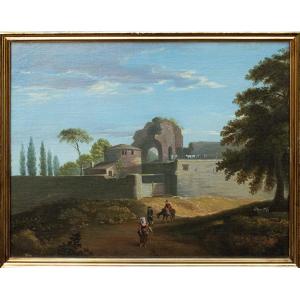





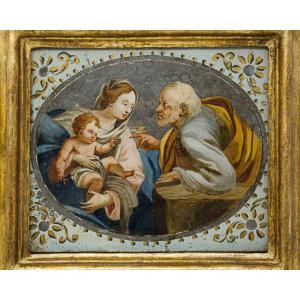

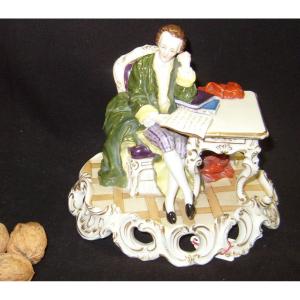
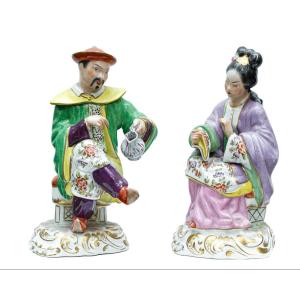


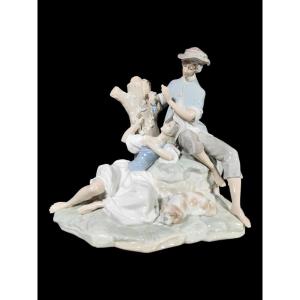



 Le Magazine de PROANTIC
Le Magazine de PROANTIC TRÉSORS Magazine
TRÉSORS Magazine Rivista Artiquariato
Rivista Artiquariato